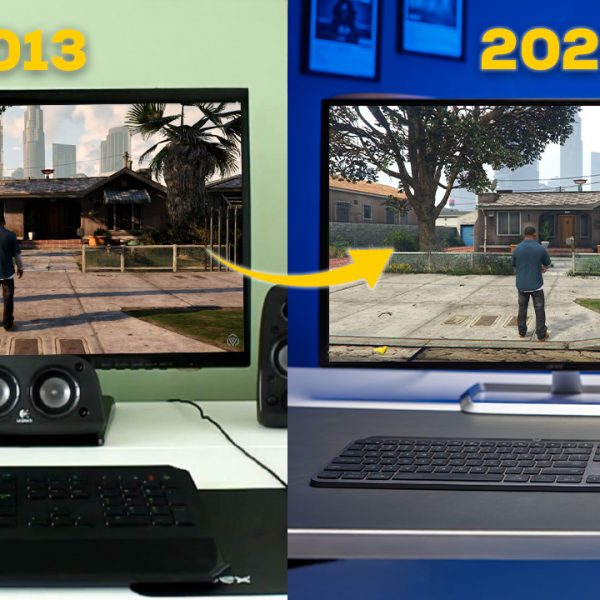You’ve got a fast internet connection, maybe even a premium plan—but your ping still sucks. Online games lag, video calls freeze, and you’re stuck wondering why everything feels like it’s moving in slow motion. Let’s break down what’s really going on with ping in India and why it’s more than just your internet speed.
What Even Is Ping?
Ping is the time it takes for your device to send data to a server and get a response—measured in milliseconds (ms). Think of it like saying “hello” to someone and measuring how quickly they reply. The lower the ping, the smoother your experience, especially in gaming or video calls.
- Low ping = good.
- High ping = lag, delays, and freezing.
Are There Any Game Servers in India?
Yes… but not for many popular PC games. Here’s the reality:
| Game | Server Location | Average Ping from India |
| Fortnite | No Indian servers | 80–150ms (Singapore/Europe) |
| Apex Legends | Singapore/Bahrain | 100–150ms |
| Call of Duty: Warzone | Middle East/Asia | 80–120ms |
| Rainbow Six Siege | Southeast Asia | 90–120ms |
| Overwatch 2 | Singapore | 80–120ms |
| League of Legends | SEA | 70–100ms |
Why No Indian Servers?
It’s not just one reason—there’s a whole mix of factors:
1. Lack of Player Base
Despite its huge population, India doesn’t contribute as many active PC gamers as other countries.
According to Steam hardware surveys, India has only half the traffic of Australia, despite being 50x larger in population.
Some titles (like Marvel Rivals) don’t even list India in their regional stats, while countries like Vietnam and Colombia do.
2. Mobile Gaming Dominates
India’s gaming market is largely mobile-driven, and that’s where the money and servers are. PC gaming is often seen as a luxury segment, where:
- Many players are free-to-play (F2P).
- Skin or cosmetic purchases are lower.
- Piracy is still a concern.
- Pay-to-win (P2W) games dominate, but Indian players often avoid spending.
3. Government Regulations
India is pushing hard for data localization, making it harder for international companies to navigate legal hurdles and host servers locally.
Why Even Singapore Servers Feel Laggy
Even if you’re connecting to nearby regions like Singapore or the Middle East, ping can still suck. Here’s why:
1. Inefficient ISP Routing
Indian ISPs often don’t take the shortest path. Your data may go from:
Delhi → Mumbai → Dubai → Singapore (instead of straight to Singapore)
Why? Because:
- Many Indian ISPs prioritize cheap bandwidth over low latency.
- They have poor peering agreements.
- They often route traffic via Europe or the Middle East unnecessarily.
2. Limited Undersea Cable Access
India connects to the global internet via undersea cables. These land in:
- Mumbai
- Chennai
- Kochi
If you’re not near these cities, your data travels domestically first, often through congested networks, before heading out. That adds delays.
3. Sparse CDNs and IXPs
Content Delivery Networks (CDNs) and Internet Exchange Points (IXPs) aren’t evenly spread across India, making latency worse in less urban regions.
Challenges with Hosting Servers in India
Let’s say a company wants to open Indian servers. Here’s what they face:
- Power instability – Frequent power cuts mean heavy investment in UPS systems and generators.
- Inefficient data center practices – Over-provisioning wastes resources and increases cooling costs.
- Minimal automation – More manual work = slower response, more errors.
- Real estate issues – Limited space in metro cities leads to fierce competition and high costs.
Could It Be Your System, Not Just Ping?
Sometimes, the issue isn’t even with the internet. Your PC hardware might be bottlenecking performance.
For example:
In a game like Battlefield, your CPU is busy tracking 100 explosions, while your GPU waits. That lag feels like ping, but it’s actually stuttering.
So, What Can You Do?
While server infrastructure in India is growing, change is slow. Meanwhile, you can take action to improve your experience.
1. Use Smart VPNs and Routing Services
Services like Cloudflare Warp, ExitLag, or WTFast can route your traffic more efficiently than your ISP, helping to reduce ping.
2. Choose the Right ISP
Some providers are better for gaming, offering more stable and direct international routes. Do your research and check if they have decent peering.
3. Optimize Your System
Sometimes, a well-balanced system can make more difference than you think. We can help with that
Need a Custom Gaming or Hosting Rig?
We build custom PCs and servers tailored to your exact needs—whether you’re gaming, streaming, editing, or running AI/dev workloads.
- Zero bloat.
- No mismatched parts.
- No bottlenecks.
- Pure performance, optimized for you.
Need to host a LAN event or game server? We’ve got the hardware for that too.
Conclusion
Ping problems in India aren’t just a tech issue—they’re a mix of infrastructure, policy, and market dynamics. But things are improving, and with the right knowledge (and gear), you don’t have to wait for better servers to enjoy smoother gameplay today.
Got a custom build in mind or need help fixing your gaming experience? Hit us up.






